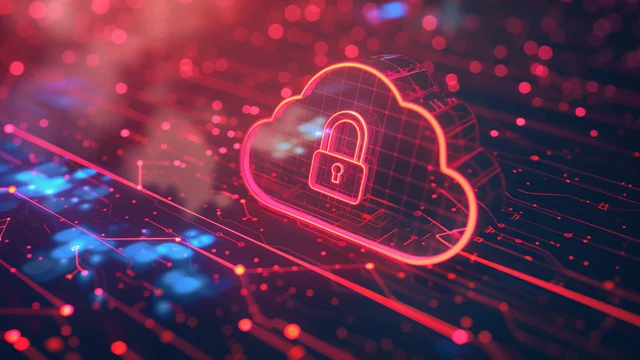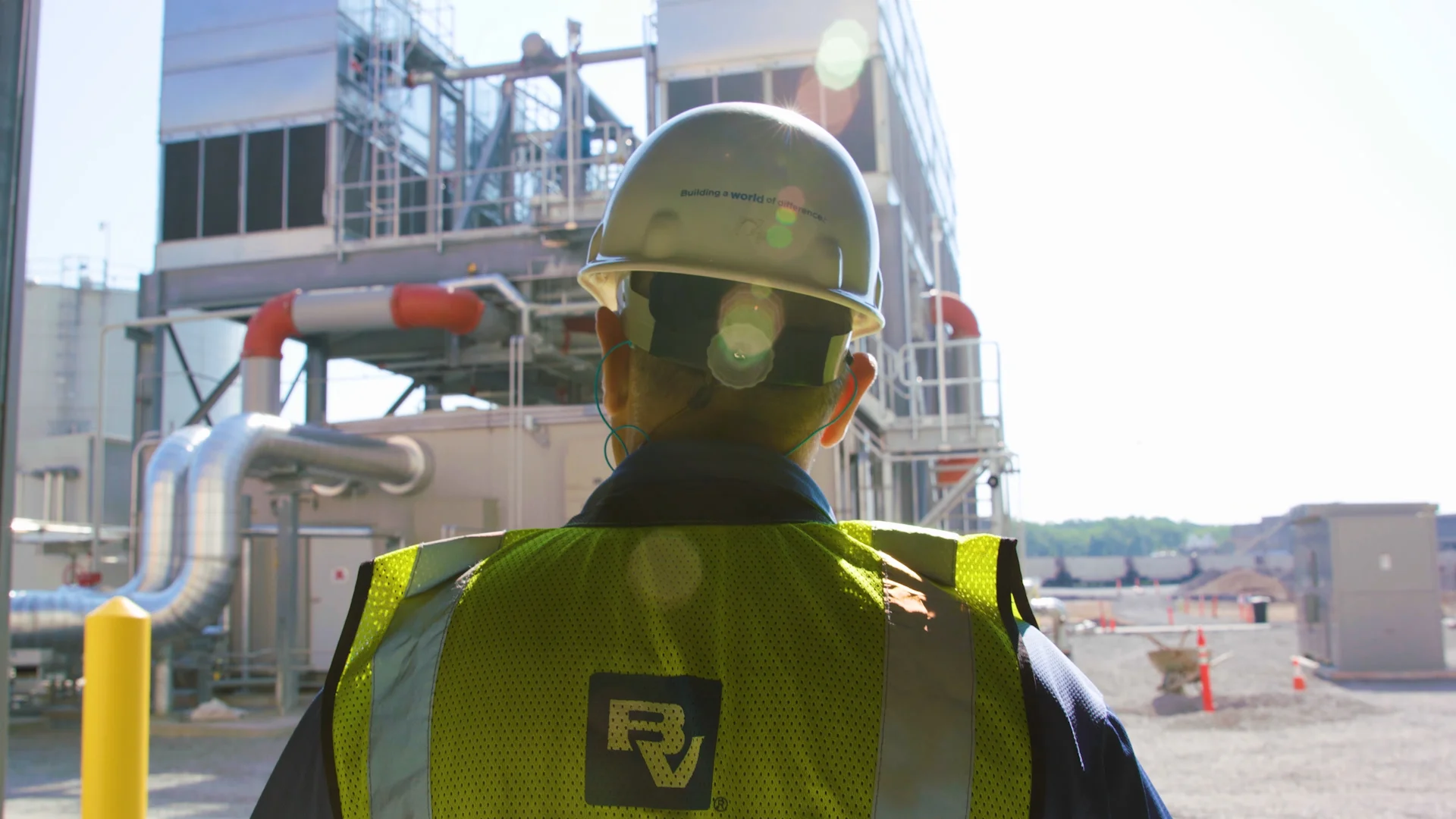
Securing Industrial Control Systems in the Cloud: How Cloud Migration Impacts Cybersecurity
For critical infrastructure companies, the prospect of migrating Industrial Control Systems (ICS) to the cloud is both enticing and daunting.

Today, more assets in your Operational Technology (OT) environment have digital components, carrying vulnerabilities you may not be aware of. You can only protect what you know you have, that’s why incorporating cybersecurity into your company asset management program is the first step to building a resilient cybersecurity foundation.
Asset management can increase productivity, lower costs and future-proof your infrastructure. It helps ensure your industrial systems remain reliable, optimized and resilient. But you can’t stop at the physical assets. You also need to identify, track, secure and maintain all cyber-enabled assets to have full visibility over your operations.
Let’s dive deeper into the benefits of asset management:
Operational Visibility: Maintaining a comprehensive inventory of OT assets (physical and cyber) provides a clear view of all operational endpoints. This visibility is essential to monitor asset performance, detect anomalies or cyber incidents, optimize processes and ensure that all systems are functioning correctly.
Enhanced Security: Due to their critical role, OT environments are increasingly targeted by cyber adversaries. A comprehensive asset management program helps identify the known or exploited vulnerabilities and implement security measures to protect the assets against cybersecurity attacks, helping ensure operations continuity.
Prioritization of Security Measures: Asset criticality plays a key role to help you prioritize your security efforts. When you have identified your most critical assets, you can allocate resources more effectively to protect them.
Risk Management: A good understanding of your critical assets allows you to better assess your risk and implement the appropriate mitigation strategies for your operations. This proactive approach helps you to minimize the impact of potential threats and helps ensure that your critical operations remain secure.
Incident Response: In the event of a cyberattack, having detailed documentation of your OT assets facilitates the identification of affected OT cyber systems and networks and the implementation of mitigation strategies. This approach improves recovery time and minimizes operational disruption.
Although asset management is a key part of some compliance and regulations (like NERC CIP, AWIA and NIS2 Directive, among others), it's important to remember that being compliant and being secure are different. Changes to the environment, legacy systems and evolving cyber threats in industrial settings can pose challenges to keeping an efficient asset inventory list, no matter how compliant you are. These best practices can ensure you always know what you’re protecting and how.
Have the right roles and responsibilities in place. Make it someone’s role to plan, resource and execute OT-specific cybersecurity activities. Their responsibilities may include asset management, network security, liaising with vendors or IT teams & upper management for security initiatives, and getting involved in compliance and OT program setup efforts.
Follow the ISA/IEC 62443 standard on how to inventory your assets. SinceISA/IEC 62443 is designed to secure industrial automation and control systems (IACS), it’s a good resource in the implementation of an effective asset management program because it provides a risk-based approach to help ensure that all your assets are properly identified, monitored and protected.
Include asset management as part of your management of change process. This ensures that any change to your system is tracked, assessed for risk and aligned with the security, compliance and operational standards you’re tracking.
Use automation to keep your inventory list current. After your initial asset inventory, take the burden off and ditch the manual processes . Automating the network discovery helps with asset tracking process thus improving accuracy, efficiency and security.
In an increasingly connected world, critical infrastructure needs to be secure, not just compliant, to maintain its efficiency, reliability and resiliency and asset management plays a key role. With decades of experience in critical infrastructure and industrial cybersecurity, Black & Veatch provides tailored asset management solutions that enable your organization to secure, optimize and future-proof your operation. We ensure that all assets—physical and digital—are accounted for, properly configured and protected against threats. We are ready to support you in integrating your cyber assets into your company asset management program.
